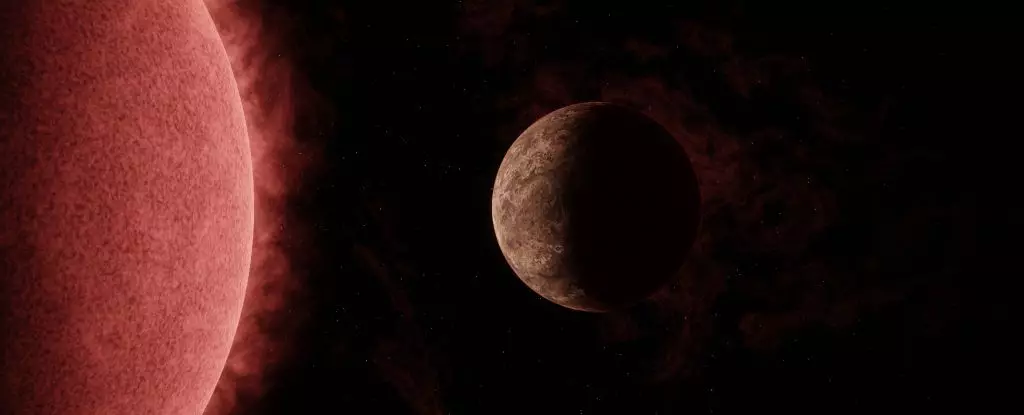Stars, much like people, vary greatly in size, temperature, and brightness. From stable yellow-white stars like the Sun to massive, short-lived behemoths, the universe is full of diverse celestial objects. Recently, astronomers have discovered an Earth-sized exoplanet orbiting an ultracool dwarf star known as SPECULOOS-3, just 55 light-years away from our solar system.
The newly found exoplanet, named SPECULOOS-3b, is of a similar size to Earth but with a significantly different environment. A year on SPECULOOS-3b lasts only 17 hours, resulting in perpetual day and night due to synchronous rotation. The planet always presents the same side to its star, similar to the relationship between the Moon and Earth.
Ultracool dwarf stars, despite being abundant in our galaxy, pose challenges for astronomers due to their size and dimness. The SPECULOOS project was developed to address this issue by utilizing a network of telescopes to search for Earth-like exoplanets orbiting ultracool stars. SPECULOOS-3b was detected using transits, faint decreases in starlight caused by the exoplanet passing in front of its star.
SPECULOOS-3, the star around which the exoplanet orbits, is relatively small, cool, and dim compared to the Sun. Despite being close at 55 light-years away, the star is challenging to observe. The exoplanet itself has a radius similar to Earth but lacks a known mass. However, its size suggests a likely rocky composition due to current models of planet formation.
While the presence of an atmosphere on SPECULOOS-3b is doubtful, this characteristic provides valuable scientific insights. The lack of an atmosphere allows for detailed studies of ultracool dwarf stars and their potentially habitable planets. SPECULOOS-3b’s proximity to its star exposes it to intense radiation, making it an unlikely candidate for habitability.
Similar star systems with exoplanets, like TRAPPIST-1, have been found using the SPECULOOS project, showcasing its success in identifying celestial objects. Researchers are eager to utilize advanced telescopes like the James Webb Space Telescope (JWST) to further explore SPECULOOS-3b. By studying its mass, density, and mineral composition, scientists hope to unlock more secrets of this strange new world.
Overall, the discovery of SPECULOOS-3b offers a unique opportunity to study exoplanets orbiting ultracool dwarf stars and expand our knowledge of the diverse worlds beyond our solar system.



Leave a Reply